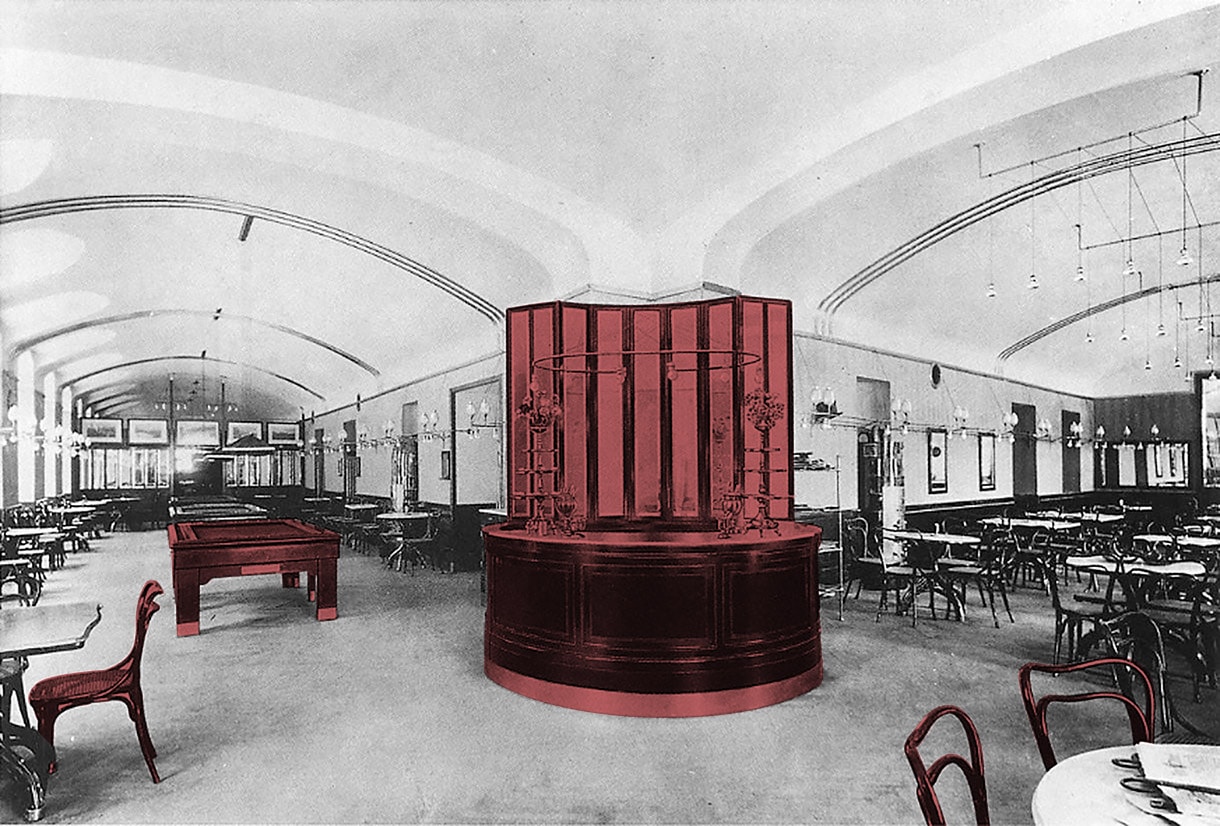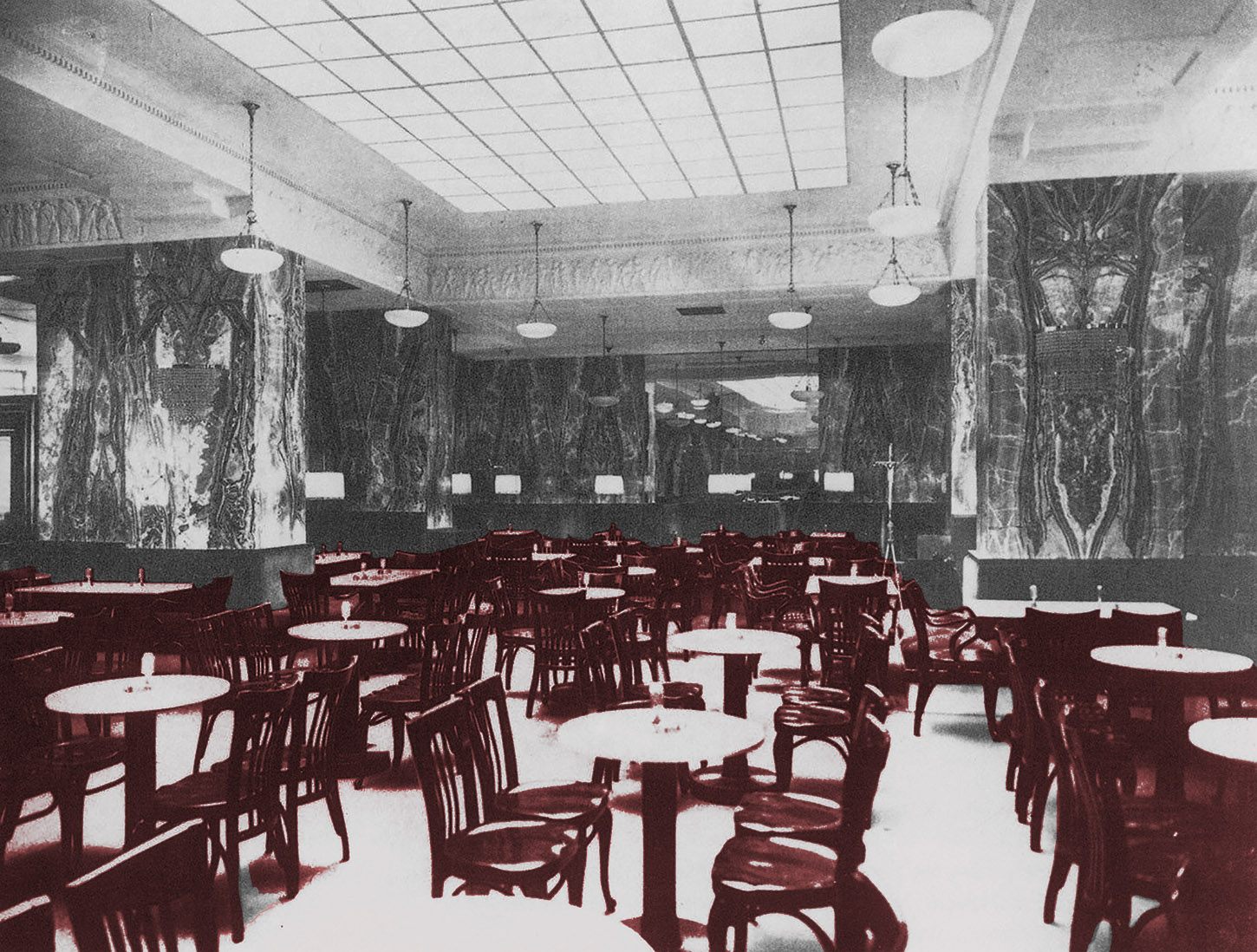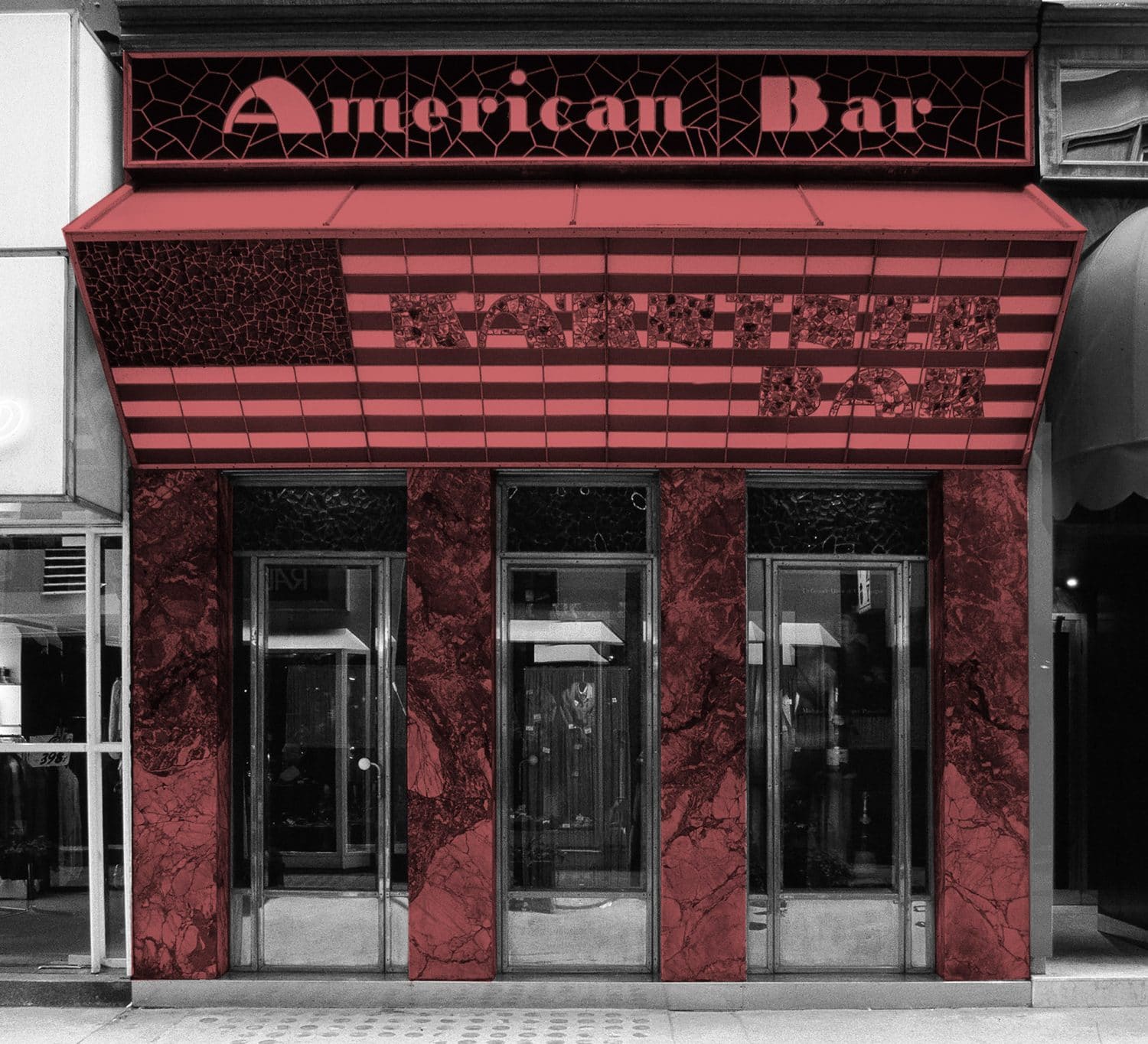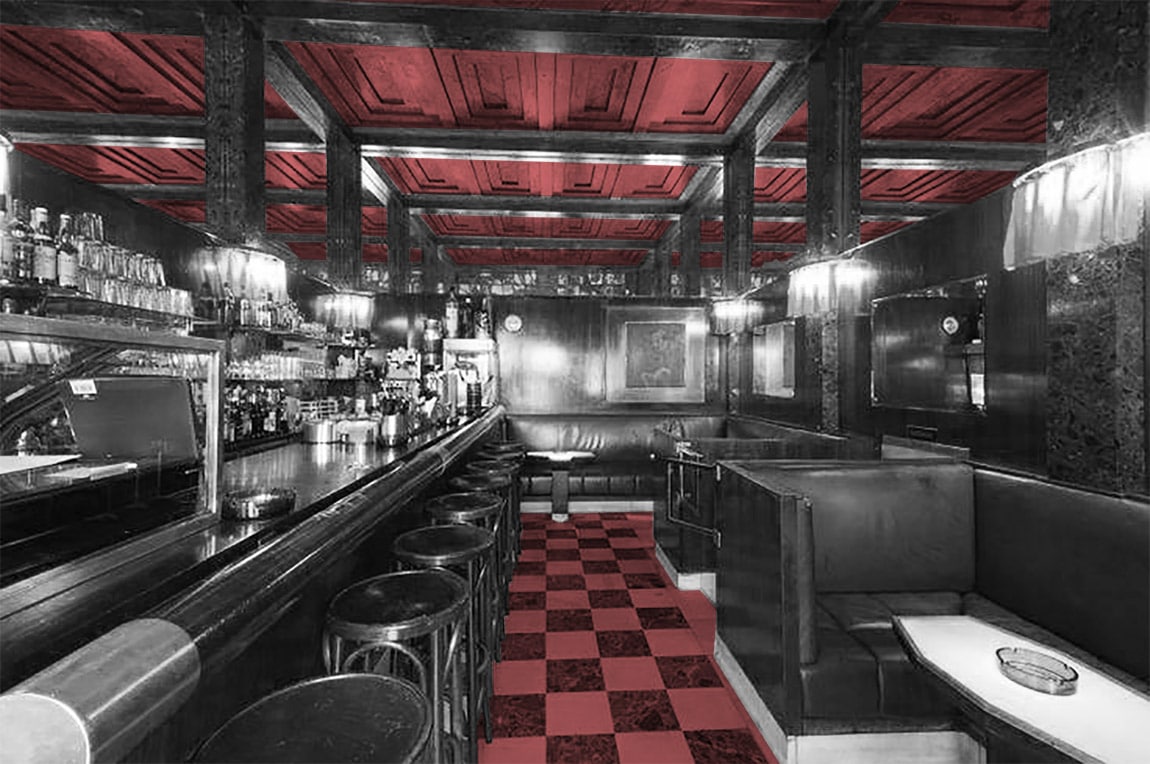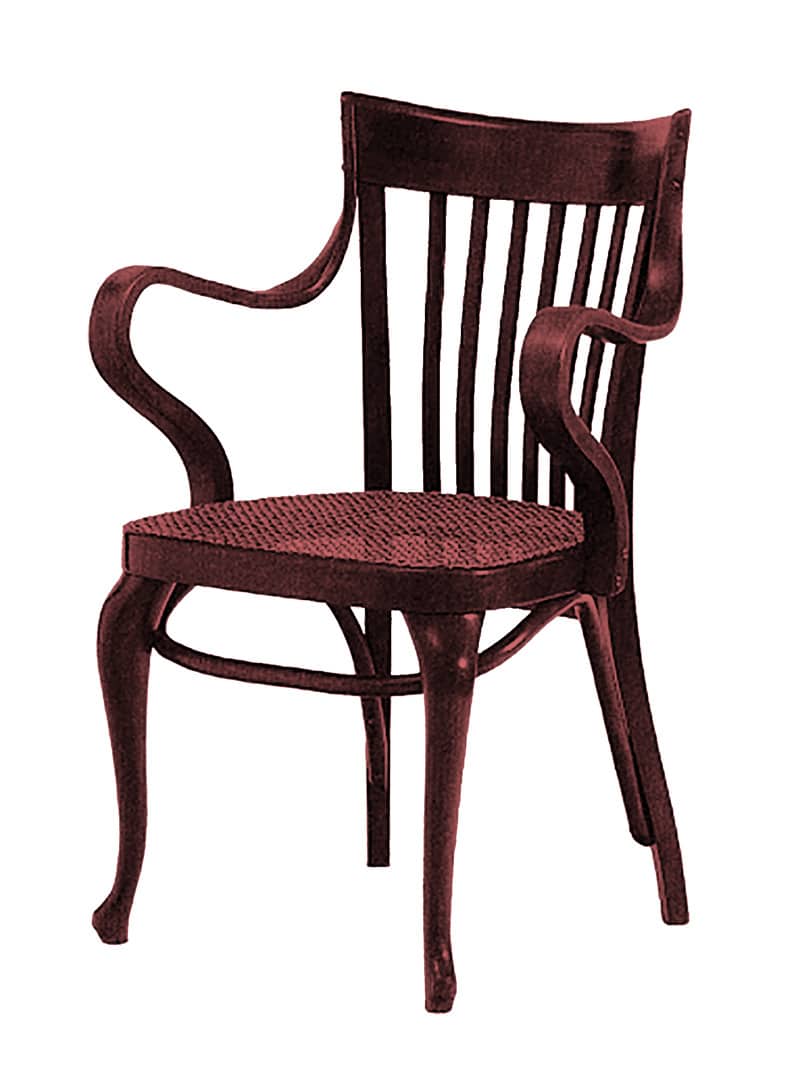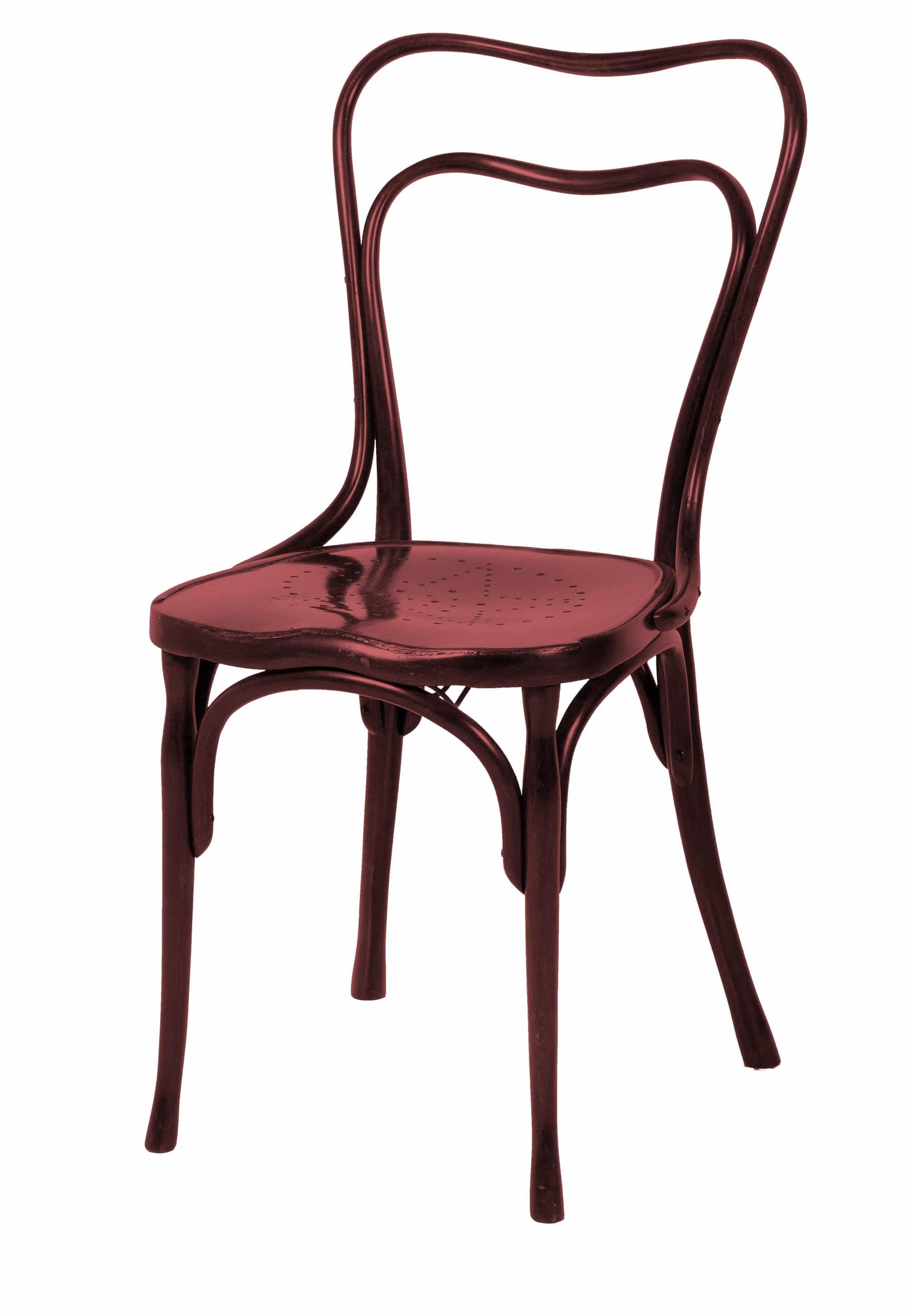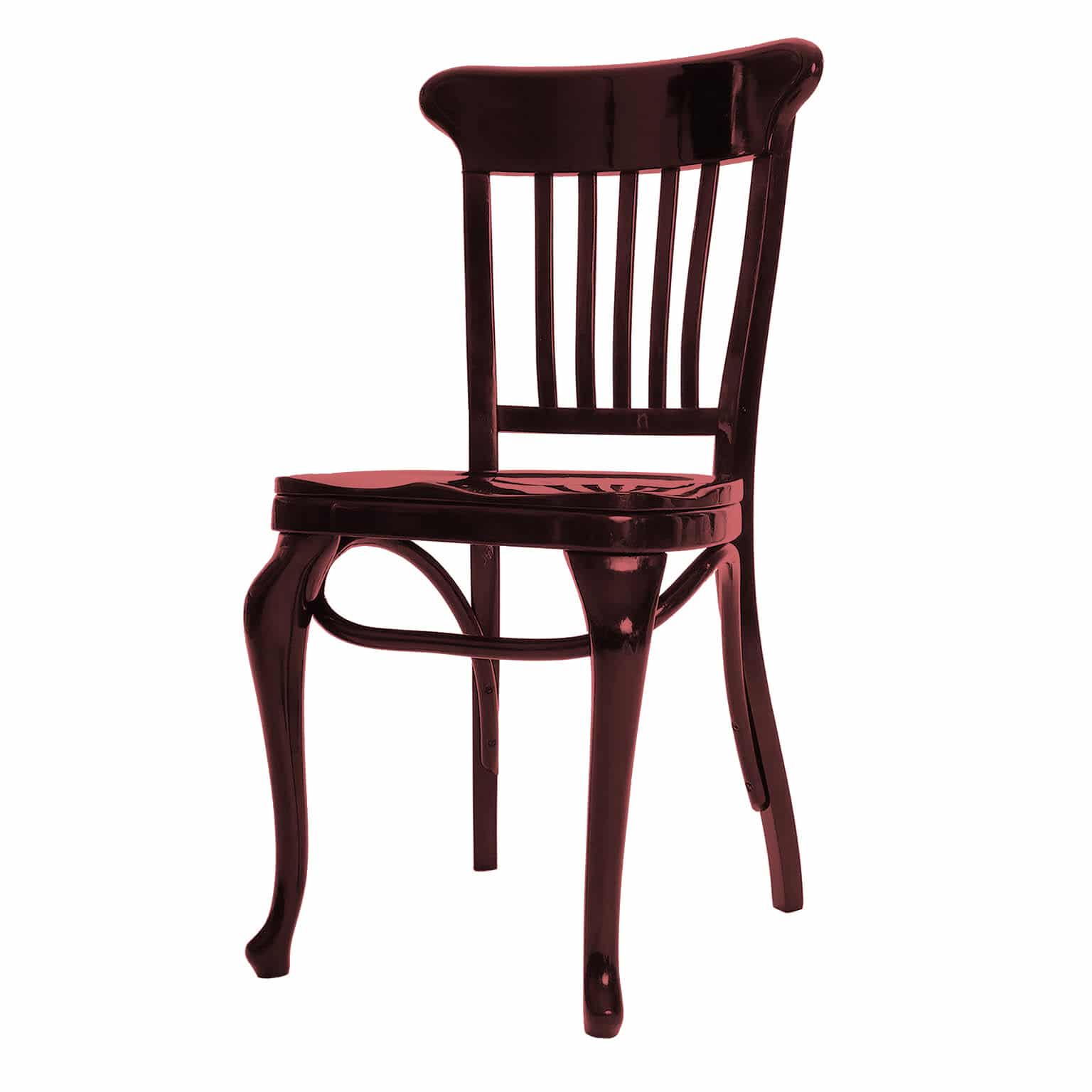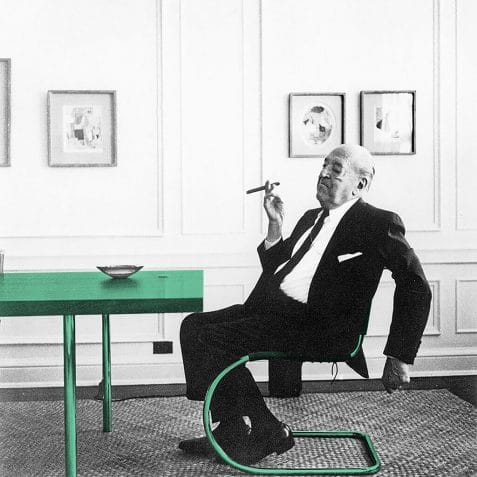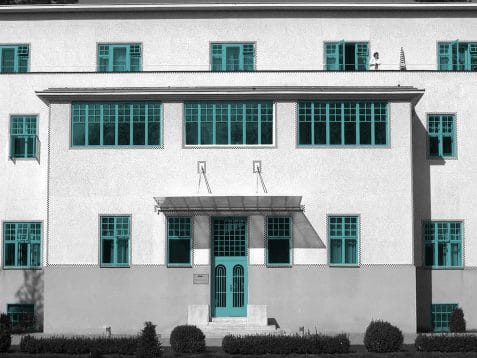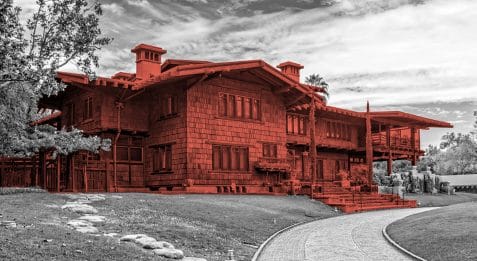INTERIOR
Adolf Loos’ Viennese Bars #Adolf Loos
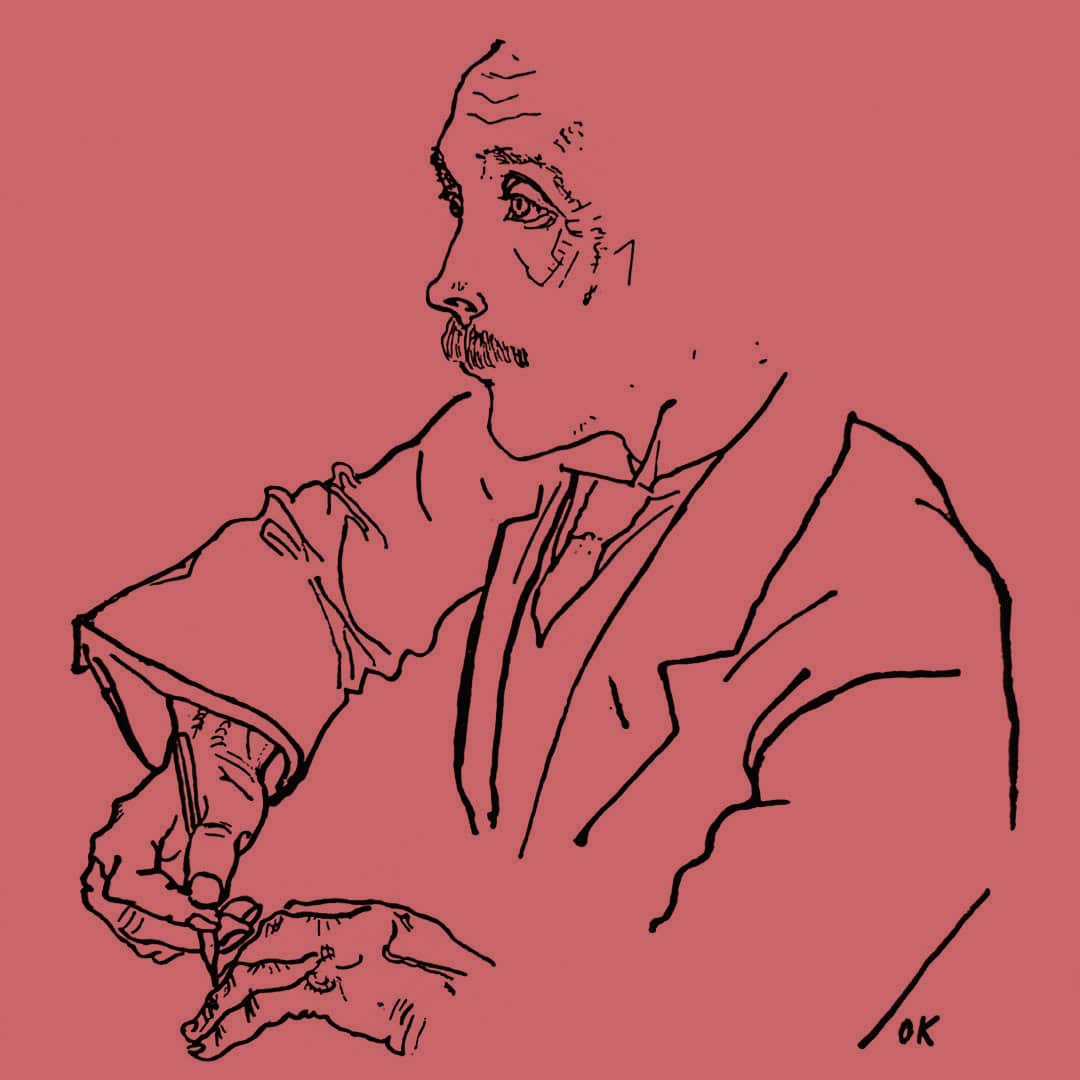
Around 1900, Adolf Loos usually met in the bars of Vienna with a number of thinkers and artists who were revolutionizing European thought and art from a decaying Austro-Hungarian Empire, people like the painter Oskar Kokoshka, the doctor Sigmund Freud, the journalist Karl Kraus, the poet Peter Altenberg, the philosopher Ludwig Wittgenstein or the musician Arnold Schönberg.
Throughout his career, Loos designed three of these Viennese bars. In them, as in the interior of his homes, he often used cladding of noble materials, colour contrasts and mass-produced furniture (although in some cases redesigned by himself).
Adolf Loos is the architect of the tabula rasaKarl Kraus, 1914.
In 1989 Loos renovated the Café Museum. It owed its name to the nearby Museum of Art History and was practically in front of the Secession building, a frequent target of Loos’s criticism from the pages of Das Andere. Inside the café, Loos got rid of the usual stucco and upholstery and, instead, used bentwood chairs made by Kohn, Thonet‘s main rival, wicker chairs for the ladies’ room and exposed light bulbs and cables for lighting. This austerity earned it the nickname of Café Nihilismus, a name that was surely to the liking of a Loos friend of controversy.
In the Kärtner Bar or “American Bar”, opened in 1909, Loos used a striking stained-glass sign, while inside he combined marble plates of various shades along with mirrors that visually enlarge the rather tiny room.
The last of these venues, Café Capua, opened in 1913 right next to the Cabaret Fledermaus designed by Josef Hoffmann in 1907. Its most striking feature was again the veining of sumptuous white and red onyx, reflected in mirrors that multiplied the space. For the furniture, Loos again adapted bentwood chairs produced by Thonet and white marble tables.
